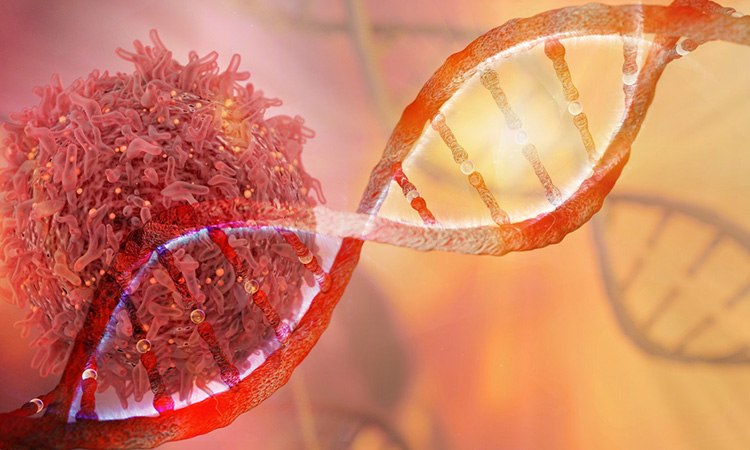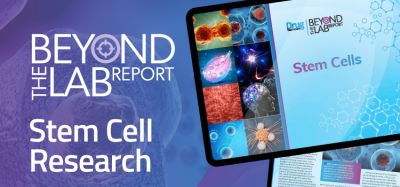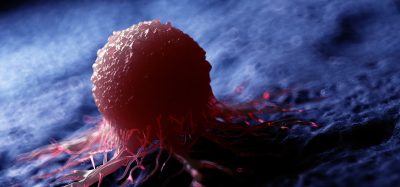DNA repair breakthroughs for innovative cancer treatment
Posted: 23 August 2023 | Drug Target Review | No comments yet
This study explores cell survival, the continuous repair of DNA breaks is crucial. Failure to repair DNA effectively can result in mutations, contributing to the development of cancer.


Published in Nature, this study explores how DNA damage can occur due to various factors such as toxins, radiation, and normal cell division. To ensure cell survival, continuous repair of DNA breaks is crucial. Failure to repair DNA effectively can result in mutations, contributing to the development of cancer.
A primary repair mechanism utilised by most cells is homologous recombination (HR), involving the participation of BRCA1 and BRCA2 proteins. Individuals carrying defective BRCA genes are predisposed to breast and ovarian cancers. Recently, BRCA mutations and HR deficiencies have been associated with pancreatic and prostate cancers as well.
Identifying patients with “HR-deficient” cancers has become a prominent focus, given that these cancer cells are susceptible to targeted therapies disrupting their DNA. Diagnostic tests for HR deficiency inspect cancer cell DNA for distinctive “scars” indicating the use of alternative, less accurate repair processes instead of HR, leading to specific mutation patterns.
Though precise scar detection improves personalised treatment, researchers have encountered a paradox involving the subtlety of scars in HR-deficient cancers. These scars induce minor errors in the DNA sequence, which are not discernible under microscopic examination. Nonetheless, HR-deficient cells display significant structural changes in larger DNA entities called chromosomes, visible under microscopy.
To address this enigma, Dr Marcin Imieliński and Dr Simon Powell employed “genome graph” techniques developed in Imieliński’s lab. These techniques detect extensive structural DNA modifications that involve rearrangements, duplications, and deletions of chromosome segments. Their study scrutinised DNA molecules significantly longer than those conventionally assessed in cancer studies.
Using these methodologies, the researchers identified a new type of scar known as “reciprocal pairs,” evident in HR deficiency. Through analysis of numerous cancer genomes, the team demonstrated that when HR repair fails, reciprocal pair scars cause observable chromosomal alterations discernible through microscopy. These alterations provide enhanced insights into the biology of HR-deficient cells.
Dr Imieliński, overseeing Cancer Genomics at Perlmutter Cancer Center and functioning as an attending pathologist at NYU Langone, stated, “The elongated molecules suggest that these scars originate from two alternative repair mechanisms—homology-independent replication restart and single-strand annealing—that might sustain HR-deficient cancer cells. Blocking these mechanisms could introduce novel approaches for treating these types of cancers.”
Related topics
Cell Therapy, DNA, Targets
Related conditions
Cancer
Related organisations
Cancer Genomics at Perlmutter Cancer Center, New York University (NYU)








